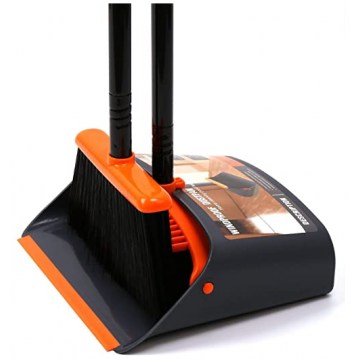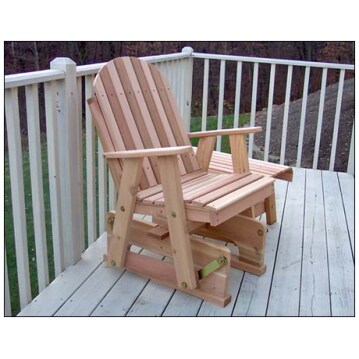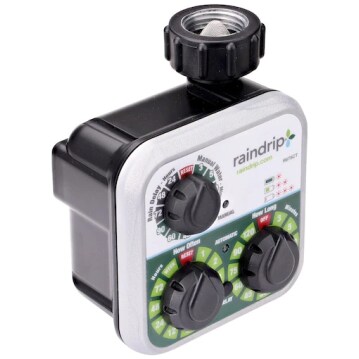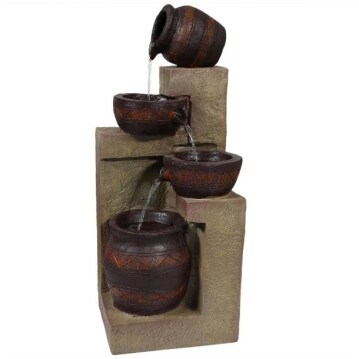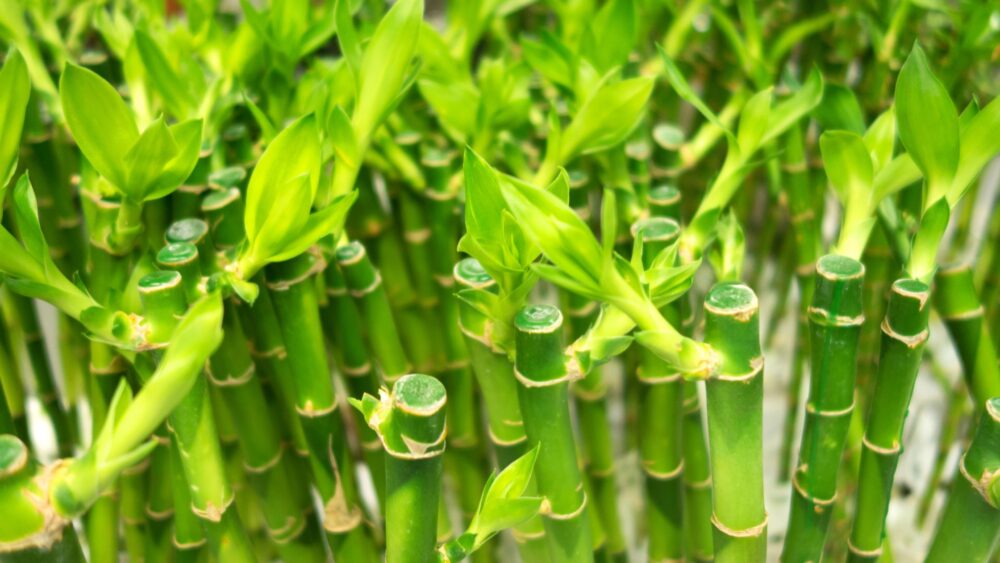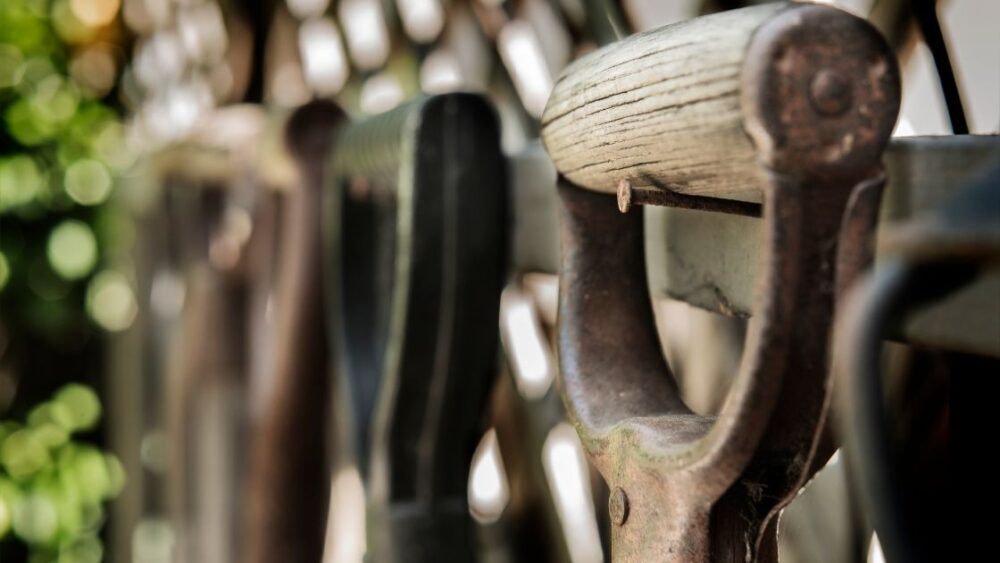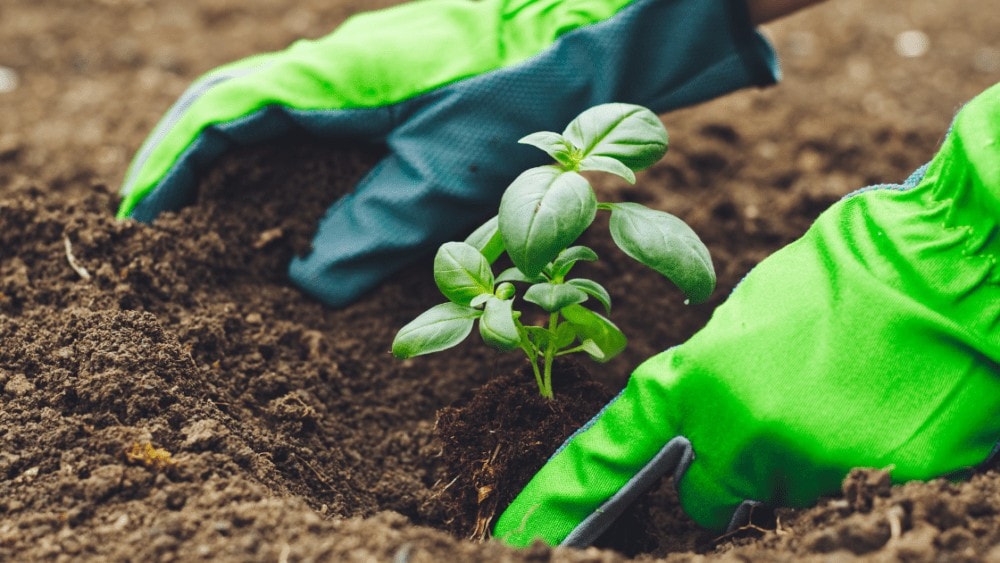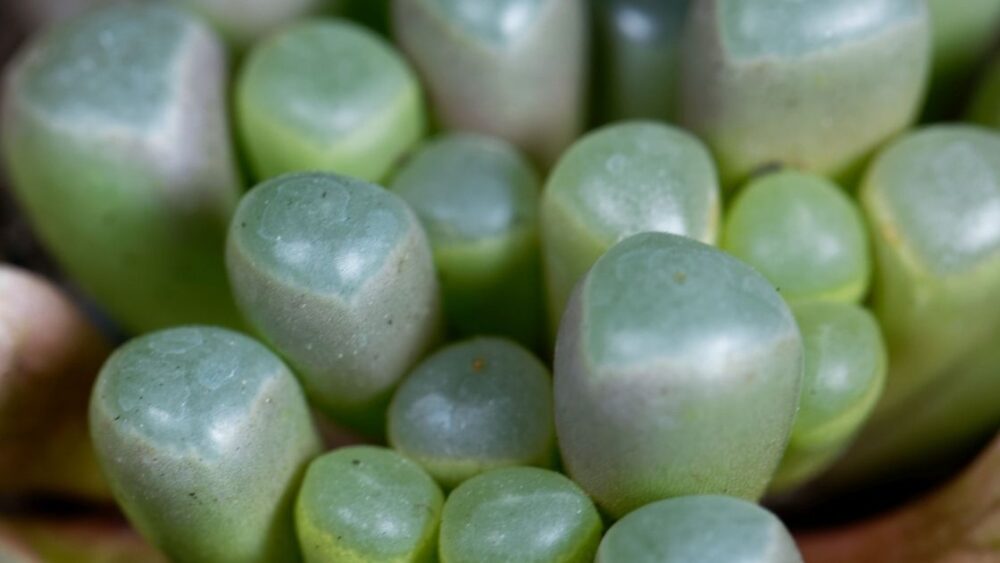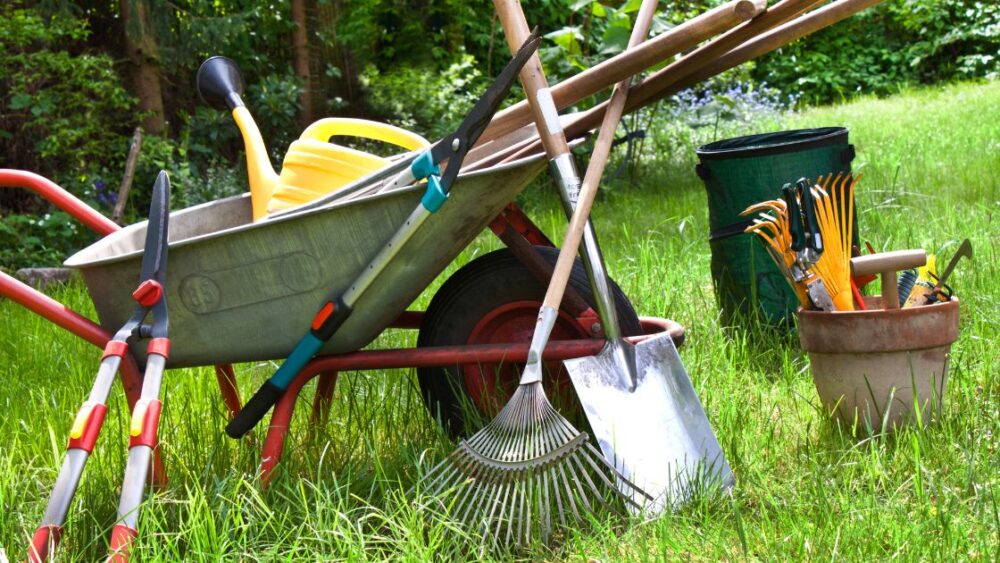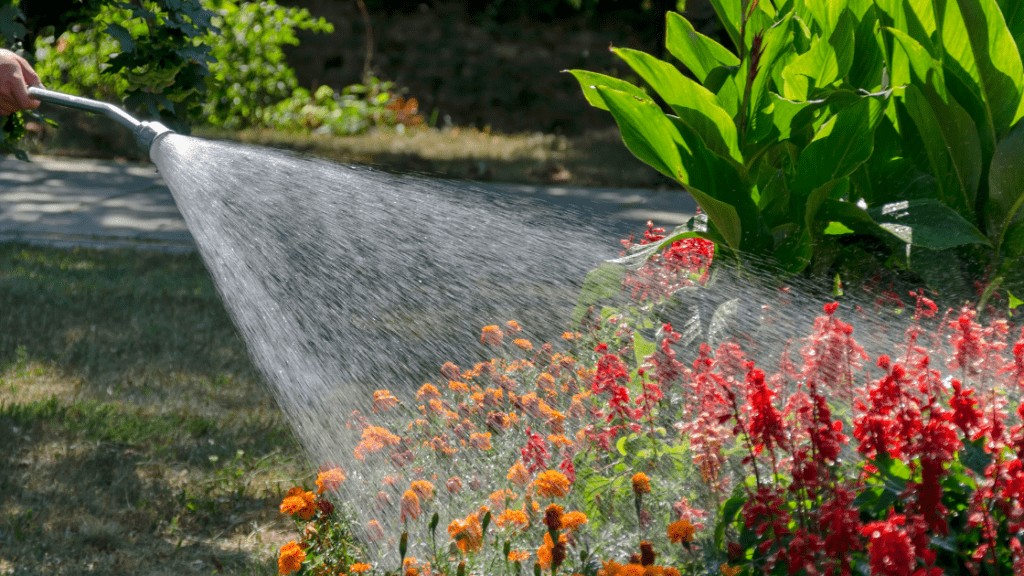
When it comes to growing plants, both indoors and outdoors, it is easy to convince yourself that you don’t have a green thumb. This is because ensuring that your plants are getting the right amount of water boils down to an exact science. If your plant is not getting enough water, it is not going to thrive. However, overwater your plants, and you will also have a dying plant on your hands. Thankfully, figuring out how much water your plants need isn’t too hard, once you understand how different factors affect your plants.
Read on for tips and tricks to keep your plants appropriately hydrated year-round.
Know What You Are Growing
The watering needs of your plants will vary depending on their type. Here we will look at the four watering needs of indoor plants, and the common household plants that would fall into each category.
Browse our Affiliate Products
1. Plants that won’t dry soil between watering.
- Cacti
- Succulents
- ZZ Plant
- Aloe
2. Plants that are okay with some dryness for short periods between watering.
- Orchid
- Snake Plant
- Ponytail Palm
- Yucca
3. Plants that won’t even, consistent moisture in their soil, but not too much water.
- Lucky Bamboo
- Asparagus Fern
- Philodendron Birkin
- African Violets
4. Plants that start to wither as soon as their soil is even remotely dry.
- Peace Lily
- Chinese Evergreen
- Jade Plant
- Guiana Chestnut
Keep the Seasons in Mind
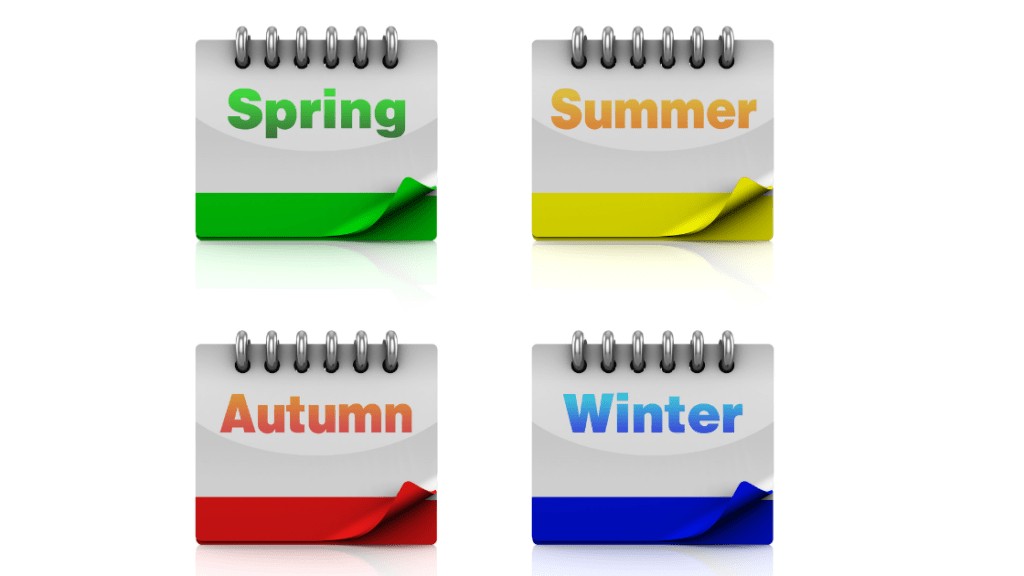
Although your houseplants are indoors, they are still affected by the changing seasons. This is because the environment in your home and the sun are changing, affecting the plants’ growth. Plants naturally grow more in the spring to autumn seasons. In the wintertime, plants are going to need to be watered less often.
As the seasons shift to spring, they are going to need to be watered more frequently. Spring is also an excellent time to fertilize and repot your plants. As the season shifts to summer, you will find that your plants require even more water, which will then taper out into the autumn and even more so as winter approaches.
Outdoor potted plants follow similar rules as the indoor ones do for watering through the seasons. When winter hits, outdoor potted plants become dormant. However, you want to ensure that the soil is moist before it freezes as frost can penetrate deeper into dry soil than in moist soil. In the summer, if your plant is in direct sun all day, you might find you need to water it twice daily to keep it healthy.
Humidity
Being aware of the humidity in your area is essential for keeping your plants well-watered and healthy. When the humidity is low, then plants can pull less moisture out of the air. Plants in a high humidity zone typically need to be watered less than those in a dryer climate. While plants usually need to be watered less in the winter, it is essential to keep an eye on your plants as the heating system in your home will be removing moisture from the air.
Dormant Periods
When a plant goes dormant, it is preparing itself for a period of dry weather, freezing temperatures, or a water and nutrient shortage. Plants to this to conserve the energy they usually use to grow to keep them alive until the conditions improve.
During your plants’ dormant period, you want to ensure that you cut back on watering, but don’t let the plant dry out completely. While the leaves might look like they are dying, your plant is working hard to keep the root system alive.
When Do You Know How Much is Too Much?
Overwatering your plant can lead to drowning your plant, as the roots need to access water, food, and oxygen. Too much water means there is no oxygen available in the soil. There are some clues to tell you that your plant is getting too much water, including the following.
- Leaves are turning brown and wilting
- Leaves are forming wart-like growths
- Slowing growth, combined with yelling, leaves
Do I Water in the Evening or Early Morning?
Ensuring that your plants are watered at the right time is just as important as ensuring they are getting the right amount of water. While it might not be the most convenient, watering your plants in the early morning is best. Nighttime water is more likely to lead to disease and less absorption by your plants.
Making a Water Schedule
Creating a schedule to water your plants is not a good idea. By sticking to a strict schedule, you run the risk of over or under watering your plants.
Instead, create a routine of checking the moisture in your plants once a week. If the plant is dry when you check it, then you can water it then. If it is close to being dry, then you know that you will need to water your plant in the next day or so.
If the plant is moist, it will likely be okay until the following week when you check again. You can check the plants more frequently in the summertime if you find them consistently dry when you are checking them once a week.
Since watering potted plants can be hard especially if one is busy, you can always set up a drip irrigation system with a clock and timer. You can read more about it in our article below.
Outdoorgardenaccessories.com/ drip irrigation: pros, cons, and garden uses/
Water Slowly and Thoroughly
When you water your plant, it is crucial to take your time and water the plant slowly. This ensures that the roots have a chance to absorb the water as it passes through the soil. When you add a lot of water to the soil at once, it is likely to quickly move through the soil and leave a lot of dry spots.
This means that the root is not getting the water the plant needs. When you water the plant slowly and ensure that you are adding water around the entire planter, then you can be assured that your plant is receiving all the water it needs to achieve its optimal growth.
Using a Moisture Meter
If you are worried about over or under watering your plant and don’t trust your sense of touch to tell you when you should add more water, a moisture meter can help. A moisture meter will tell you how wet, or dry, your plant roots are.
To use a moisture meter, place the meter halfway between the trunk and your pot’s exterior and down about two inches into the soil. The meter will then tell you how moist your plant is, which will allow you to decide if you need to water it right then.
7 Tips for Watering Indoor Plants
Here are six easy tips to help you ensure that you are watering your indoor plants properly.
- Water your plants from below. This ensures that the roots are getting the right amount of water. To water your plants from below, place a saucer under your plant and fill it with water. Let it soak for several hours and then remove the saucer.
- Use pebbles as a soil top to help the plant retain moisture longer.
- To check if the soil is moist, place your finger or a toothpick down about two inches. If soil sticks, it’s damp.
- To check if the water is dry, look at the edge of the soil. If it has pulled away and left a visible gap against the pot, then there is no moisture in the soil, and it needs water.
- Poke holes in the soil from time to time to aerate the soil and create more airflow to the roots. Outdoor plants have worms and other bugs to do this, indoor plants do not.
- Reduce the frequency of the watering in the winter months when your plant is dormant.
- Invest in a small drip irrigation system for more through and even watering.
For more information on misting houseplants, check out this article: Misting Plants – Pros, Cons, and How Does It Work?
6 Tips for Watering Outdoor Potted Plants
Here are six easy tips for ensuring that your outdoor potted plants are receiving enough water.
- Use glazed pots to help prevent the evaporation of water.
- Apply a layer of mulch or rocks to the top of the soil to limit the amount of moisture that is lost to the sun and wind.
- Water your outdoor potted plant’s first thing in the morning when the weather is cooler, and the sun won’t cause the water to evaporate before it is absorbed.
- Use a drip irrigation system to let the plant get slow, even watering that allows the soil to absorb what it needs before it runs through to the drainage holes. For more information about drip irrigation on succulents, click on our article below. Garden Ideas: How Effective Is Drip Irrigation on Succulents?
- Water the soil and not the leaves. Watering the leaves can lead to sunburn, fungus, and other diseases.
- Don’t rely on rain to water your plants for you. Even if it rains, take the time to check your soil moisture level. Sometimes the leaves and flowers on a plant can act as an umbrella, and even though it rained, the soil didn’t get enough water from it.
Conclusion
When you are trying to keep your plants alive and thriving, it is essential to ensure that you are watering them appropriately. The best advice to know if your plant needs water is to check the soil. Push your finger about two inches into the soil to get an accurate idea of how moist the soil is. If the soil is becoming dry, it is time to give your plant some more water.
